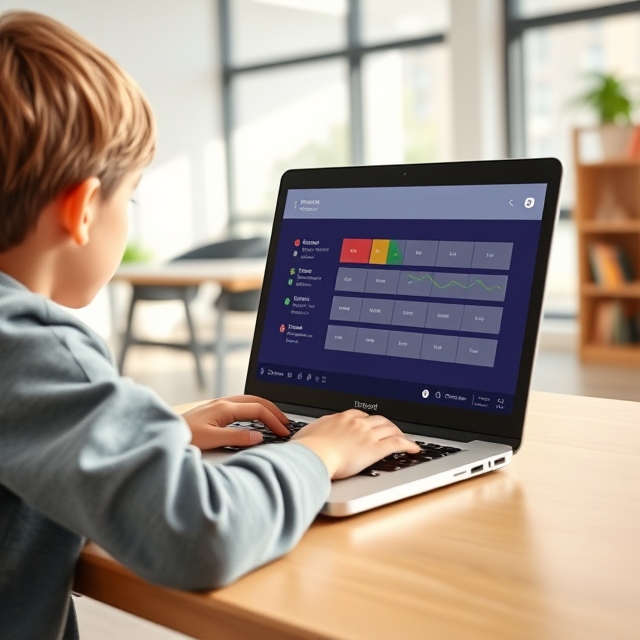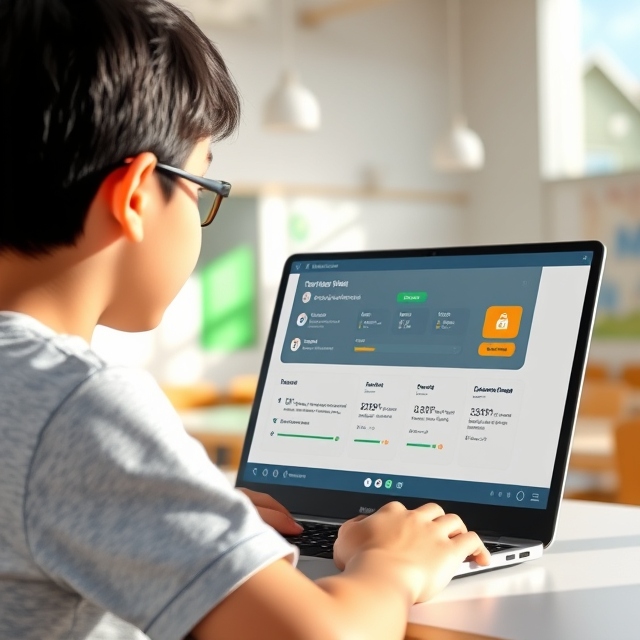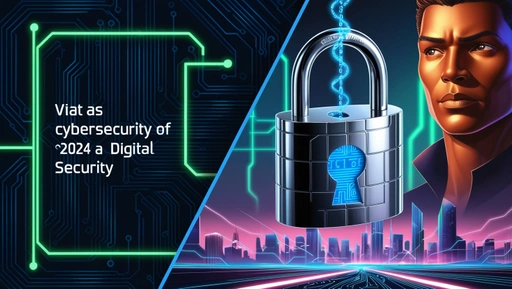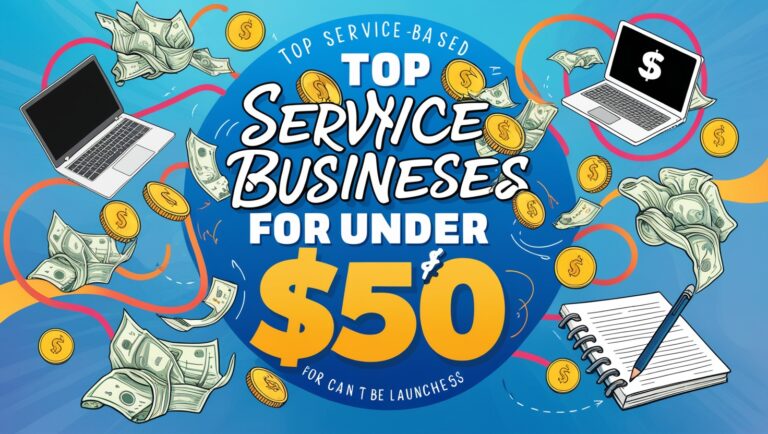Competency-Based Education (CBE) is transforming traditional learning models by focusing on mastery of specific skills and knowledge rather than the amount of time spent in class. This personalized approach to education allows students to progress at their own pace, moving forward when they demonstrate full understanding and competence in a subject. As education systems evolve, CBE is gaining momentum for its ability to cater to diverse learning styles and foster deeper, more meaningful learning outcomes.

1. What is Competency-Based Education?
Competency-Based Education (CBE) is an educational model that allows students to progress through their learning by mastering specific skills or competencies rather than adhering to traditional time-based schedules, such as completing a course within a semester. In CBE, students move forward when they can demonstrate a clear, measurable understanding of the material. This system prioritizes mastery over seat time, which means students can accelerate through subjects they grasp quickly and spend more time on areas where they need additional support.
Key Features of CBE:
- Mastery Over Time: Students advance based on their ability to demonstrate proficiency in specific competencies, not on how long they’ve spent learning.
- Personalized Learning: CBE allows for individualized learning pathways, where students can move at their own pace, receive tailored support, and focus on their areas of strength or weakness.
- Clear Learning Outcomes: The goals of each course or program are clearly defined, so students know exactly what they need to master before progressing.
2. Benefits of Competency-Based Education
a. Personalized Learning Experience
- In CBE, students receive the flexibility to progress through lessons based on their individual needs and pace, which helps accommodate diverse learning styles.
- Struggling students can spend extra time on challenging material without being rushed, while advanced learners can move ahead more quickly, avoiding unnecessary repetition.
b. Focus on Mastery
- Unlike traditional models where students might pass a class based on grades alone, CBE ensures that students achieve a true understanding of the subject matter. This leads to deeper learning and better long-term retention.
- It also enables students to develop real-world skills that can be directly applied, making education more relevant and practical.
c. Increased Student Engagement
- By focusing on mastery and allowing students to move at their own pace, CBE fosters a greater sense of ownership over their learning. This encourages students to take initiative and be more actively engaged in their education.
- CBE also minimizes the frustration of students who may feel bored in classes that move too slowly or overwhelmed in those that move too quickly.
d. Flexibility for Diverse Learners
- CBE supports learners with different needs, such as those who need additional time to master concepts or those with interruptions in their education, providing a more inclusive learning environment.
- It’s particularly beneficial for adult learners or non-traditional students who may need to balance education with work or family responsibilities.

3. How Does Competency-Based Education Work?
a. Clear Competencies and Learning Outcomes
- In a CBE program, the learning objectives are explicitly defined as competencies that students must master to demonstrate proficiency in a subject. These competencies are often linked to real-world skills or industry standards.
b. Assessment of Mastery
- Students are assessed through various methods—quizzes, projects, presentations, or exams—to demonstrate their understanding and proficiency. The goal is to ensure that they have achieved mastery before moving on to the next competency.
- Assessments can be ongoing and happen at any point in the learning process, allowing students to show what they know when they’re ready.
c. Flexible Learning Environment
- CBE programs can be delivered through a range of platforms, including online learning, blended models, or traditional classrooms. Students have access to resources that support their learning journey, including one-on-one mentorship, peer collaboration, and digital tools.
- With a focus on technology, many CBE programs integrate online modules, interactive platforms, and other digital tools that allow students to learn at their own pace and track their progress.
d. Continuous Feedback
- Regular feedback is a key component of CBE. It ensures students know where they stand in terms of mastering competencies and what areas they need to focus on for improvement.
- This feedback loop helps students take ownership of their progress and make adjustments as needed.
4. Challenges and Considerations
While CBE offers many benefits, there are some challenges that need to be addressed:
a. Resistance to Change
- Traditional education systems are deeply entrenched in time-based measures, and shifting to a competency-based model can be met with resistance from both educators and students accustomed to conventional grading systems.
b. Need for Clear Standards
- For CBE to be effective, there must be clear and consistent standards for what constitutes “competency” in each subject area. This requires careful planning and alignment with industry or academic requirements.
c. Tracking and Technology Integration
- Successful implementation of CBE often requires robust tracking systems to monitor students’ progress and ensure assessments are consistent. Schools and institutions may need to invest in technology and infrastructure to support these systems effectively.

5. The Future of Competency-Based Education
The future of CBE looks promising, with more institutions embracing the model and adapting it to meet the needs of diverse learners. As technology advances, CBE is expected to become even more personalized, incorporating artificial intelligence, data analytics, and adaptive learning systems that respond to students’ needs in real-time.
- Broader Adoption: More schools, colleges, and universities are beginning to experiment with or adopt CBE models, particularly in fields that demand hands-on learning and specific skill sets, such as healthcare, engineering, and technology.
- Lifelong Learning: CBE is also gaining traction in the realm of adult education and professional development. Many organizations are exploring ways to use CBE to provide employees with the skills and competencies needed for the future workforce.

Conclusion: Empowering Learners Through Competency-Based Education
Competency-Based Education represents a significant shift toward a more personalized, flexible, and mastery-focused approach to learning. By prioritizing skill development over seat time, CBE empowers students to take charge of their learning and progress at their own pace. As this model continues to evolve, it holds the potential to create more equitable and efficient educational pathways, ultimately leading to a more skilled, capable, and motivated workforce.






